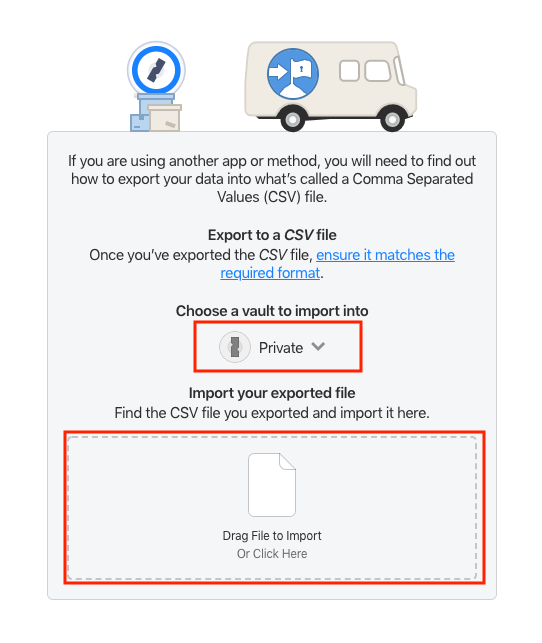

From there, the SSO provider can then log them in to each service using that one identity. Instead of signing into each site and service individually, workers log on to the SSO platform. SSO brings all those logins under the umbrella of one strongly vetted identity. If those credentials are compromised, attackers have a way in (potentially to multiple services, if the credentials have been reused elsewhere). Regardless, if it’s being used for work, there’s a chance that sensitive company data resides somewhere on the account, which makes it a potential target for cybercriminals. They might use a social service like Google to log in, or have two-factor authentication enabled. Usually, that login consists of a username and password. If you’re not using a single sign-on provider like Okta, Google Workspace, or Microsoft Azure Active Directory to sign in to work services, it’s up to each worker to create their own logins for every service they use. Improving the sign-in experience for your workforce (and why that matters for security).įirst, a quick primer on SSO and how it fits into your enterprise security framework.Simplifying administration and onboarding for IT.Let’s talk about why SSO and 1Password are better together, and where the pairing can go from here to improve your security posture by: Together, they’re a powerful risk reduction duo.Īnd we’re working with 1Password Business customers to unlock the true power of that combination. Separately, 1Password and SSO each reduce your attack surface by securely logging you in to sites and services you use to get things done. Single sign-on (SSO) and 1Password make a great team.


 0 kommentar(er)
0 kommentar(er)
